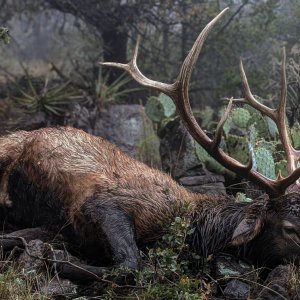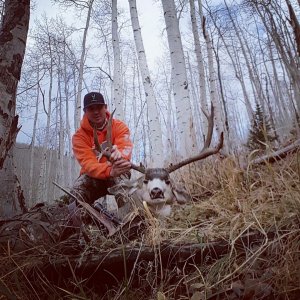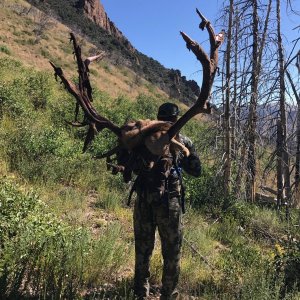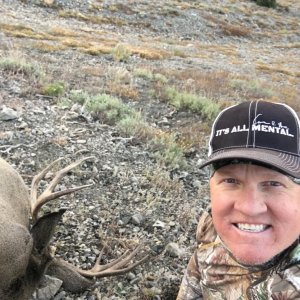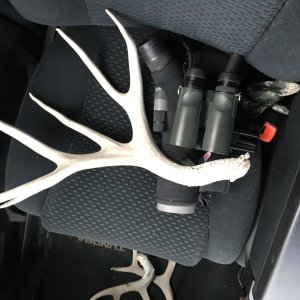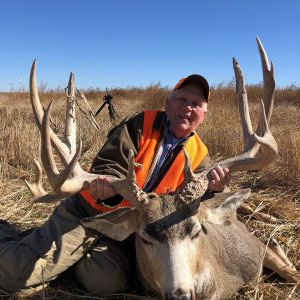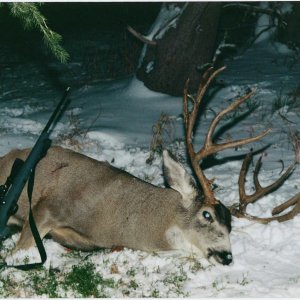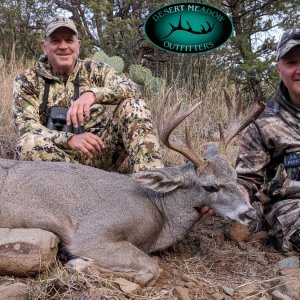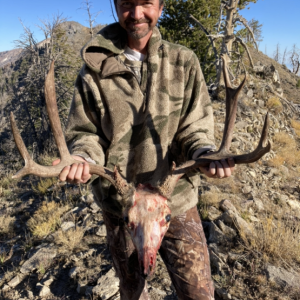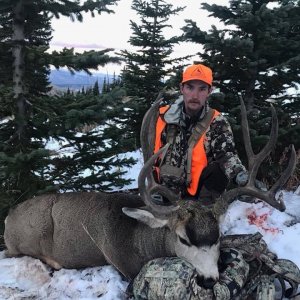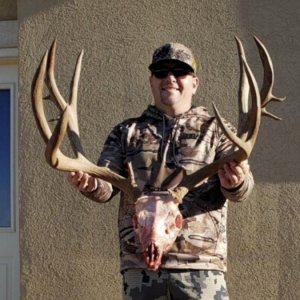D
DonV
Guest
Uphill/downhill shooting
Did anyone catch the article in the dec issue of huntin fool? Very good info, I was way off, I figured if you took a steep shot you calculate the horizontal distance the bullet travels and then hold for that elevation and shoot. For example if the shot was steep uphill and the game was 500 yards away but was only 300 yards horizontal you held for a 300 yard shot, not true.
It was very eye opening.
Did anyone catch the article in the dec issue of huntin fool? Very good info, I was way off, I figured if you took a steep shot you calculate the horizontal distance the bullet travels and then hold for that elevation and shoot. For example if the shot was steep uphill and the game was 500 yards away but was only 300 yards horizontal you held for a 300 yard shot, not true.
It was very eye opening.



